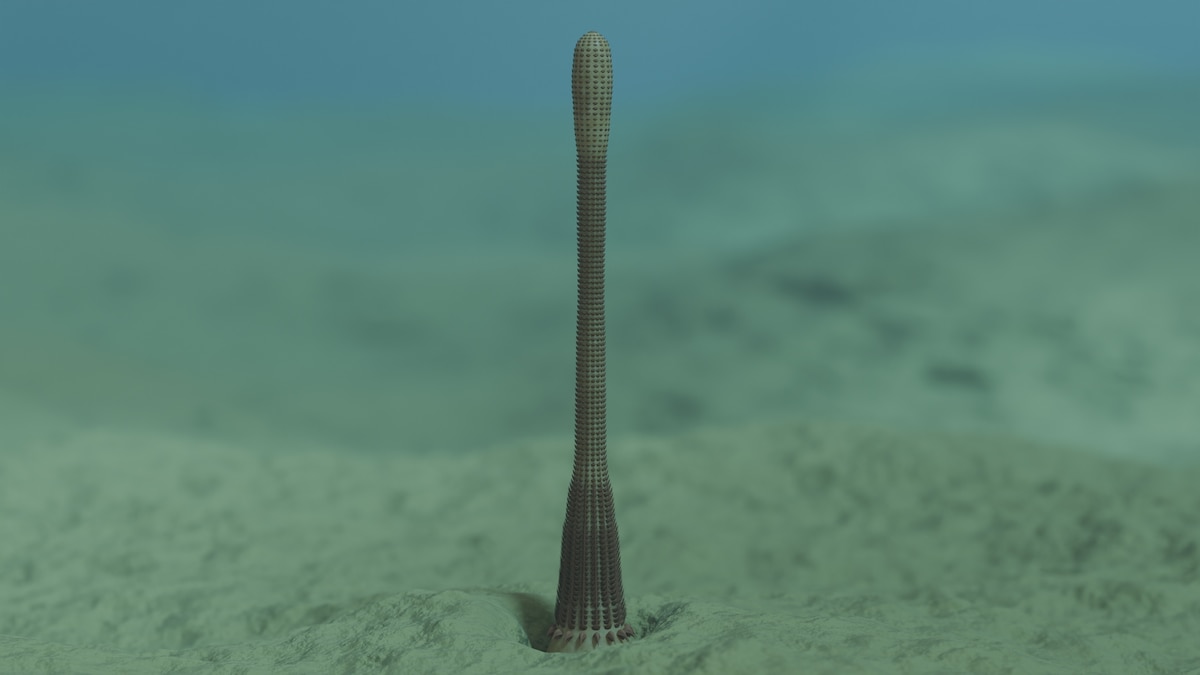Now Reading: Ancient Worm with Spiky Teeth and Retractable Throat Discovered
-
01
Ancient Worm with Spiky Teeth and Retractable Throat Discovered
Ancient Worm with Spiky Teeth and Retractable Throat Discovered

Quick Summary
- Giovanni Mussini, a paleontologist from teh University of Cambridge, joined a fossil expedition in the grand Canyon in September 2023.
- The team uncovered a 500-million-year-old cache of fossils including tiny remains of crustaceans, mollusks, and priapulid worms during their analysis.
- Priapulid worms are ancient predators named for their resemblance to genitalia. The newly discovered species is called Kraytdraco spectatus, named after Star Wars’ “krayt dragon.”
- This particular worm featured unique concentric rows of feathery teeth inside its extendable throat mechanism-a feature not seen before in other priapulids.
- Fossil illustrations show its pharynx filled with heavy-duty outer teeth likely used for scraping sediment or carcasses as well as delicate inner teeth designed for filtering finer particles.
- Modern priapulids continue to exist today but have undergone miniaturization over time, measuring only millimeters long.
!Pharynx illustration of Kraytdraco spectatus
Indian Opinion Analysis
India’s researchers and institutions can draw valuable lessons from such international expeditions examining prehistoric life forms. This discovery underscores the importance of paleontology in understanding Earth’s evolutionary history-an area that could be further bolstered within Indian academia through interdisciplinary exploration across geological landscapes like the Deccan Traps or Himalayan sediment layers containing potential fossil treasures.Understanding adaptive traits such as those displayed by Kraytdraco spectatus offers insights into survival mechanisms over millions of years, themes relevant to evolutionary biology globally-including India’s biodiversity studies. Additionally, public engagement surrounding unusual creatures (such as this “penis worm”) highlights opportunities for increasing scientific outreach and attracting young minds toward STEM fields locally.
By fostering collaborations akin to this Grand Canyon study and investing more robustly in modern scientific tools and methods, India has an opportunity to expand contributions toward global advancements in evolutionary science.
























